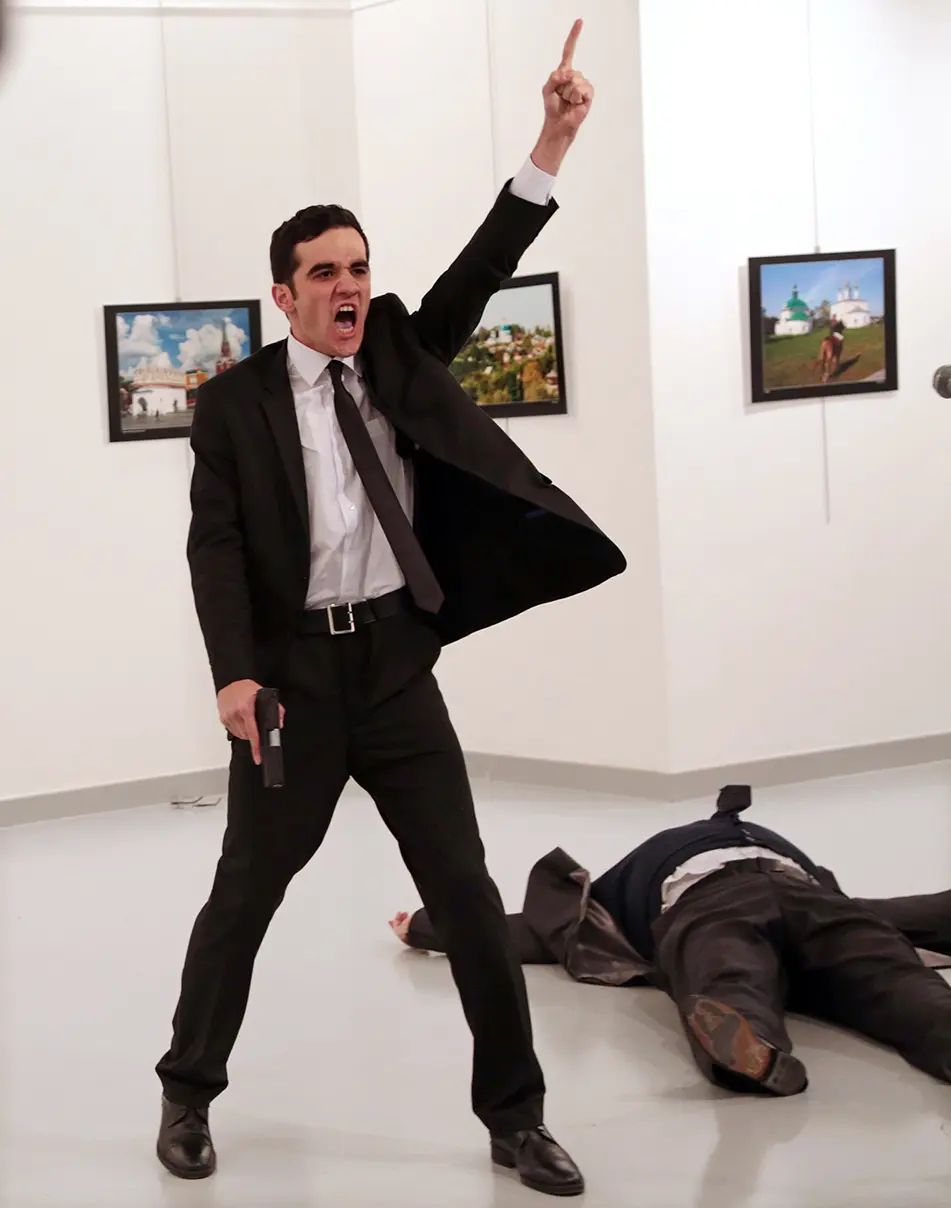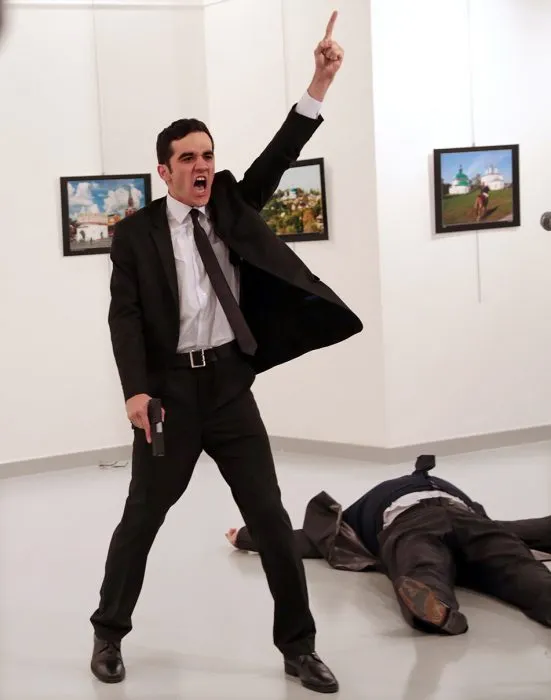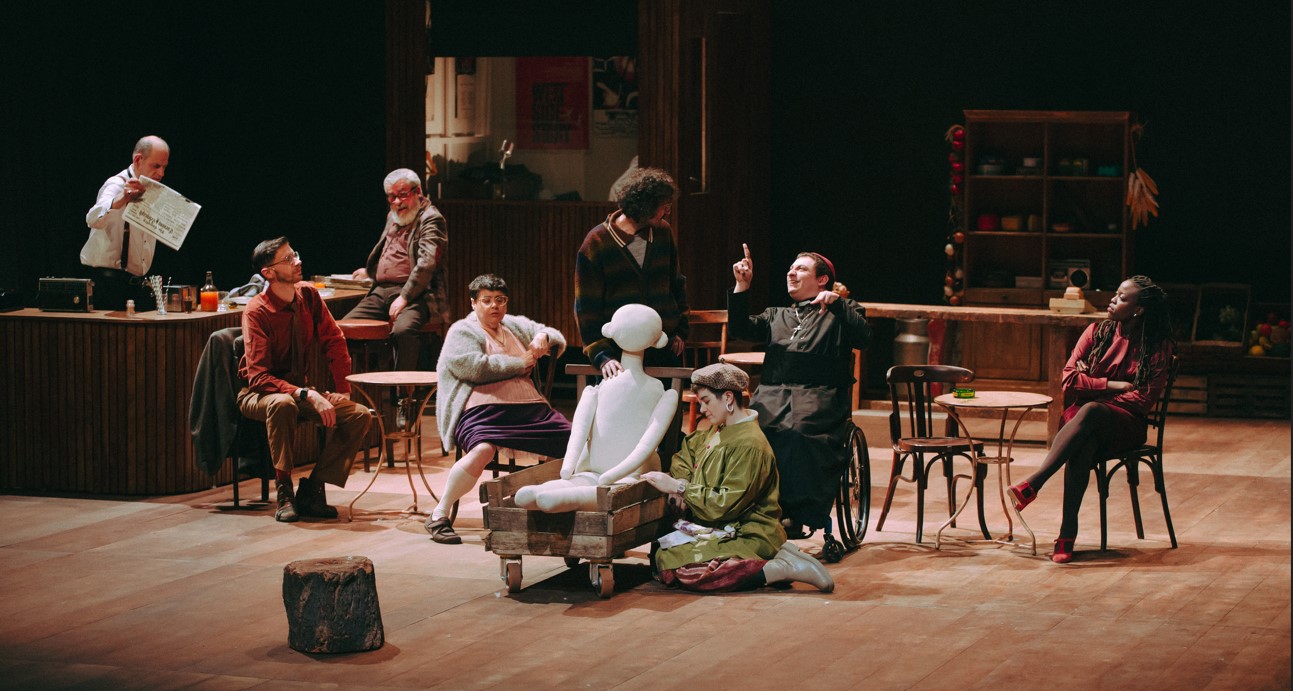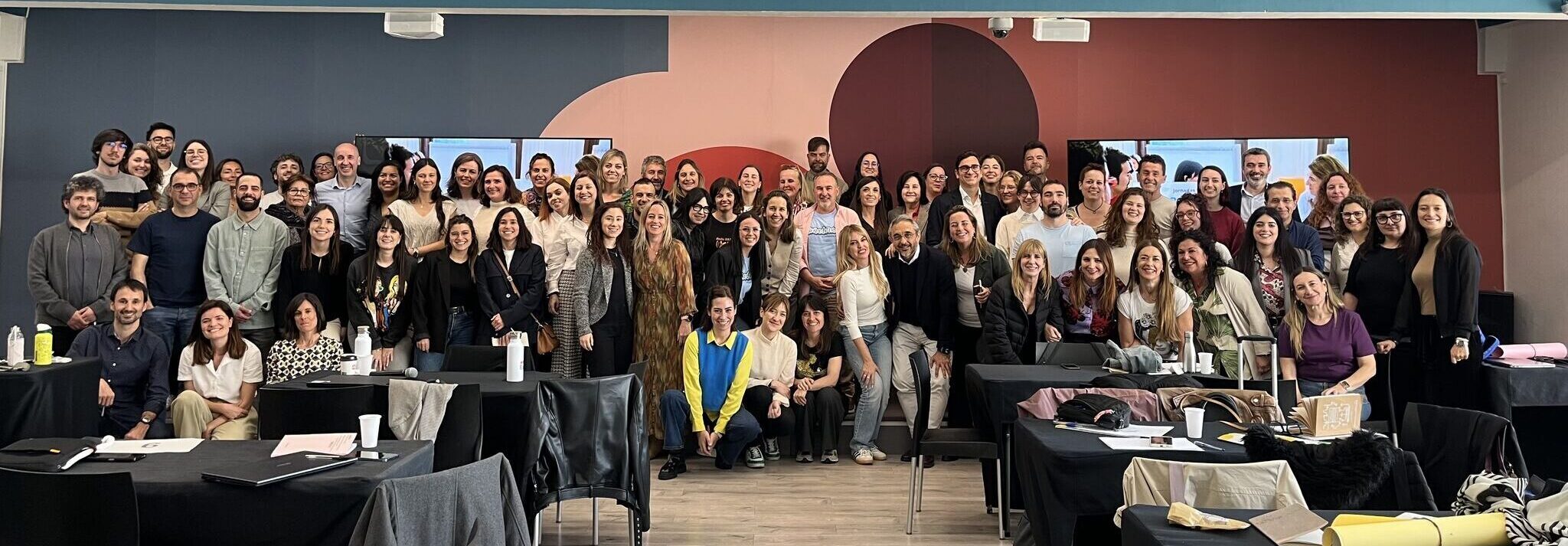
This is the final weekend to visit two exhibitions: one of them is in Barcelona, World Press Photo 2017, which uses photography to show key events from last year and you can visit it at the Barcelona Centre of Contemporary Culture (CCCB) until Monday 5 June. The second exhibition which will be closing its doors this weekend is ‘Lost in the city’, with close to 300 works of art including paintings, sculptures, photographs and artist’s videos which reflect on human life in various cities throughout the world. You can visit this exhibition until Sunday 4th June at the IVAM in Valencia.

Other cultural recommendations for this weekend include:
-The exhibition ‘Da árbore á cadeira’, which is divided into four themes: design, industry, cultural heritage and art, and these are used to focus on the design of furniture and the industrialisation of the Galician woodwork and furniture industry, and on the natural environment from which the raw material is extracted: woodlands. The exhibition can be visited at the Centro Gaiás Museum of the Cidade da Cultura in Galicia.
-The DOX Centre for Contemporary Art in Prague brings you the ‘Big Bang Data’ travelling exhibition, which has been in Barcelona, Madrid, Buenos Aires and Singapore and aims to gives answers to the question of how the information explosion is transforming our world.
– The ‘Photobook Phenomenon’ exhibition at the Foto Colectania Foundation focuses on contemporary visual culture through the role of the photobook and printed photographs, with examples from different eras throughout history, from Ródchencko, William Klein and Robert Frank to work by Laia Abril and Vivian Sassen.
-Lastly, the new installation at Espai 13 in the Joan Miró Foundation with artist Adrià Julià and ‘Hot Iron’, a project which uses a photographic archive of Catalan Romanesque churches which has not been made public until now and which was prepared by Ramon Julià Alemany, who catalogued 556 churches between the 1950s and the 1990s. This exhibition shows the effects of economic relations involving the import and export of cultural artefacts on collective thinking.


